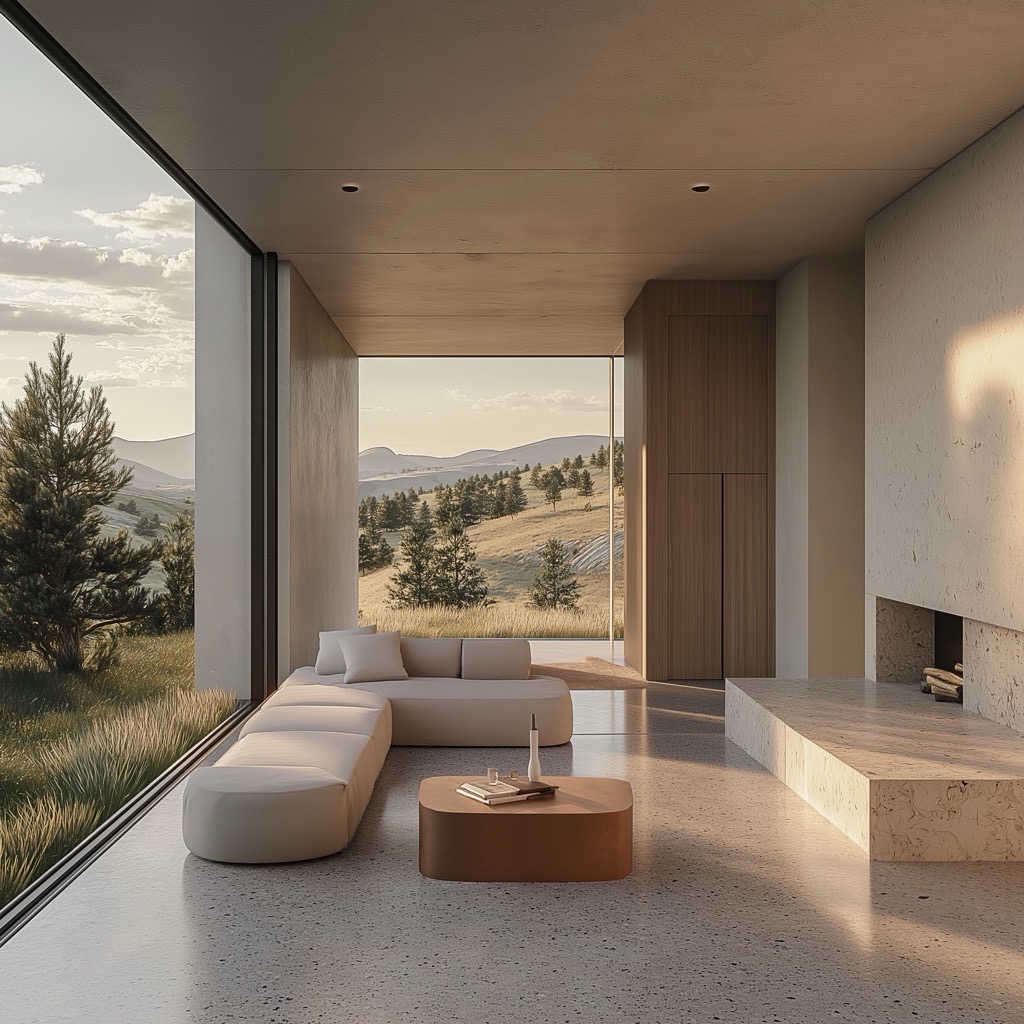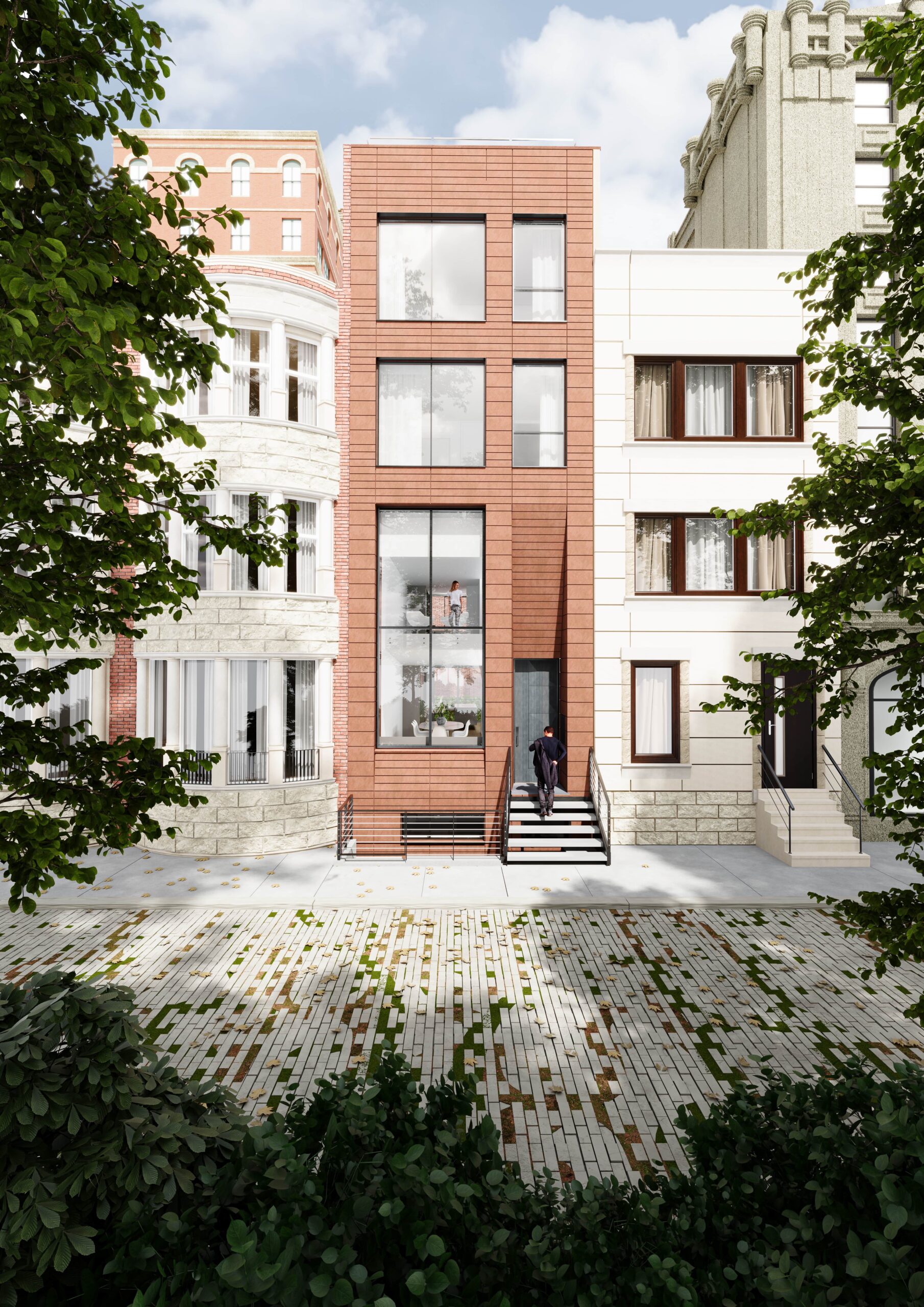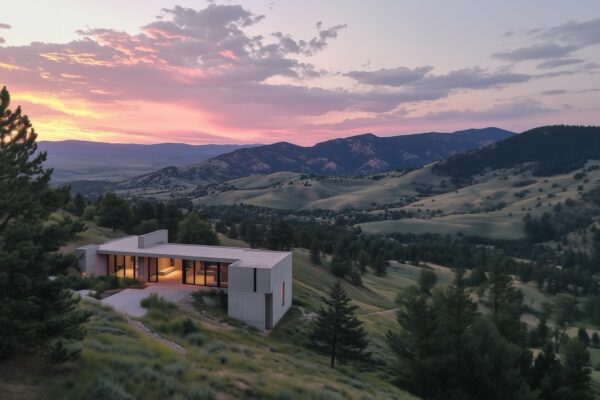Custom Home Interior Design: How to Personalize Your Dream Home
I’ve always believed that a truly memorable home is one that mirrors its owner’s personality, lifestyle, and aspirations. Every detail—from the color scheme to the choice of textiles—should reflect your unique sense of style and meet your functional needs. Over the years, I’ve seen how a well-planned custom interior can do more than just look beautiful: it can also improve daily living, boost home value, and create a space you’ll love for years to come.
The Benefits of a Custom Home Interior
A custom interior is more than a design statement. It allows you to tailor every square inch to your preferences and lifestyle. From investing in high-quality craftsmanship to optimizing layouts for efficiency, a bespoke approach ensures the space truly belongs to you. I’ve witnessed how this level of customization provides not just aesthetic pleasure but also genuine functionality—making everyday life more enjoyable.
For many homeowners, a personalized interior also fosters a sense of pride and well-being. When you have a say in each design decision—like selecting the perfect hardwood finish or choosing the ideal lighting temperature—you create a living environment that aligns with your personal values. Whether it’s a tranquil reading nook or a lively entertainment space, each room reflects your vision and enriches your day-to-day experiences.
Where to Begin with the Custom Home Interior Design
The first step in designing a custom home interior is to pinpoint your style preferences and top priorities. Ask yourself:
- Do I prefer a minimalist or eclectic look?
- Which rooms need the most focus—kitchen, living area, bedrooms?
- Are there functional features (like extra storage or dedicated workspaces) I can’t live without?
By clarifying these needs upfront, you’ll lay a solid foundation for every design choice that follows. For instance, if you frequently host dinner parties, you may prioritize an open-concept kitchen and dining area with extra seating. On the other hand, if you work from home, integrating a private, soundproof office might take center stage. Understanding these priorities enables you to allocate your budget where it truly counts.
Key Principles of Interior Design
I always return to five fundamentals when crafting interiors:
- Balance: Distribute visual weight evenly through color, furniture placement, and decor. This could mean pairing a larger sofa on one side of the living room with a bookshelf or console table on the other.
- Proportion: Ensure furniture and design elements suit each room’s dimensions. Oversized pieces can make a space feel cramped, while undersized items might get lost.
- Harmony: Create unity through complementary shapes, textures, or color palettes. Repeating a subtle motif—like circular mirrors and round coffee tables—can tie the whole space together.
- Contrast: Use different materials or accent colors for visual interest—like pairing polished metal fixtures with rough-hewn wood surfaces.
- Functionality: Above all, design for everyday living, ensuring spaces flow logically and serve their intended purpose.
When all these elements work in concert, the result is a cohesive, welcoming environment that enhances your quality of life.
Choosing a Cohesive Color Scheme
When it comes to color, I recommend starting with a base neutral—like cream, soft gray, or warm white—and layering in complementary tones or accent hues. This approach allows for easy updates later, whether you decide to swap throw pillows or add a statement rug. Neutral backdrops also help highlight unique furniture pieces or architectural details.
For homeowners seeking to inject bold character, accent walls or vivid artwork can provide focal points without overpowering the room. Cool blues and greens can evoke a sense of calm and serenity, while warm oranges and reds energize a space. Balancing these more vibrant shades with neutral anchors ensures you don’t tire of your choices too quickly.
Selecting the Right Materials for your Custom Home Interior Design
There’s something incredibly alluring about natural stone, hardwood, artisanal tiles, and high-quality textiles. I often mix these materials to add depth and personality to a room—think marble countertops paired with a sleek wooden island or metal light fixtures set against a stone fireplace surround. This blend of textures elevates a room from merely “nice” to distinctly luxurious.
- Natural Stone: Timeless and sturdy, marble or granite can serve as both functional and artistic centerpieces.
- Hardwood Floors: Durable and versatile, hardwood adds warmth to nearly any design style, from rustic to contemporary.
- Artisanal Tiles: A striking backsplash or mosaic floor pattern can make a room feel one-of-a-kind.
- Premium Textiles: Linens, silks, and high-thread-count fabrics contribute to a tactile sense of comfort.
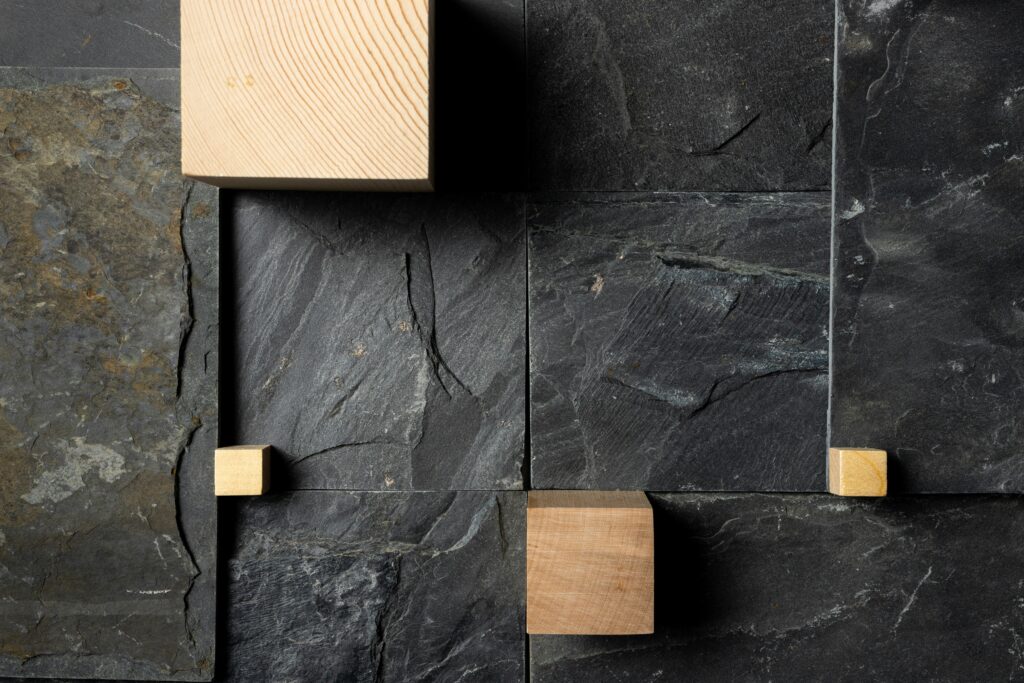
Balancing Aesthetics and Functionality
A stunning room that doesn’t work for everyday life can quickly become frustrating. I’ve learned that combining beautiful materials with smart layouts—like placing your kitchen island for optimal workflow or planning extra built-ins for storage—is the key to a space that’s as practical as it is visually appealing.
For example, an island might incorporate hidden drawers for utensils or convertible seating to accommodate both quick meals and larger gatherings. In a living room, consider furniture pieces that offer built-in storage or modular configurations, letting you reimagine the space for various events or changing needs over time. Good design is about anticipating how you’ll use each area.
Current Trends in Custom Interiors
There’s a growing shift toward earthy tones and organic materials, emphasizing warmth and comfort. I also see more homeowners seeking seamless indoor-outdoor living, layering different types of lighting for ambiance, and embracing minimalist luxury with soft, tactile finishes. These trends align perfectly with a desire for spaces that are both timeless and contemporary.
Additionally, biophilic design—where natural elements like greenery, natural light, and ventilation play a leading role—continues to gain traction. By merging the indoors with the outdoors, biophilic interiors can boost well-being, reduce stress, and enhance creativity. Think living walls, large windows with garden views, or even water features for added tranquility.
Lighting: Layering for Ambiance
Layered lighting involves a thoughtful mix of ambient (general overhead lighting), task (focused lighting for specific activities), and accent (highlighting art or architectural features). Incorporating dimmers and smart controls lets you easily adjust the atmosphere, whether you’re hosting a party or enjoying a quiet evening at home.
- Chandeliers or Pendants: Provide statement pieces in dining areas or entryways.
- Recessed Lighting: Offers subtle, wide-reaching illumination.
- Under-Cabinet Lights: Ideal for kitchens or workspaces, eliminating shadows while you prep meals or handle tasks.
- Floor and Table Lamps: Add coziness and can be repositioned to alter the room’s look.
Smart Storage Solutions for Your Custom Home
Efficient storage is often the unsung hero of good design. Built-in shelving, hidden cabinetry, and multi-functional furniture are some of my favorite ways to maintain a clutter-free interior. By integrating these solutions early in the design process, you can ensure that each piece blends seamlessly with your overall aesthetic.
For instance, a bench with concealed storage under the seat can serve double duty in a mudroom, holding shoes and outdoor gear. In a home office, built-in shelves around the doorway can maximize wall space without overwhelming the floor plan. These small tweaks can drastically improve how well your interior functions day to day.
Sustainable and Eco-Conscious Choices
Opting for materials like recycled glass tiles, low-VOC paints, and energy-efficient fixtures is an excellent way to reduce environmental impact without sacrificing style. Many of my clients appreciate the peace of mind that comes from knowing their interiors are as healthy and responsible as they are beautiful. When possible, I also suggest sourcing locally to lower your project’s carbon footprint and support regional craftsmanship.
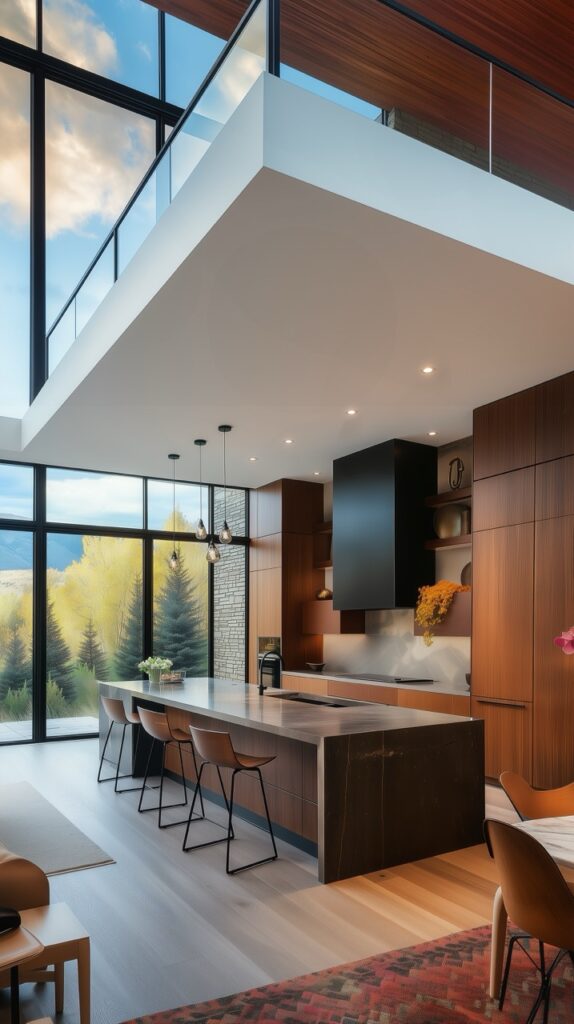
Flooring, Furniture, and Finishing Touches
Hardwood, natural stone, and polished concrete remain popular flooring choices that strike a balance between luxury and durability. For a timeless look, consider classic, well-crafted furniture with neutral upholstery and refined detailing. Finally, incorporate personal touches like art, family heirlooms, or statement decor to give your home unique character.
In open-concept spaces, using area rugs can help delineate different zones—such as a conversation area or dining spot—while also adding warmth underfoot. And don’t forget about the fifth wall: the ceiling. Whether you choose decorative beams, a coffered design, or a simple, painted finish, paying attention to the ceiling can transform an otherwise ordinary room into something special.
Collaborating with an Interior Designer
Working with a professional can help refine your ideas and guide you toward informed decisions. Clear communication about your vision, practical needs, and budget fosters a design journey that’s both inspiring and efficient. I’ve seen how open dialogue and collaboration can transform a blank canvas into a dream home tailored for you.
Designers often have access to trade-only resources and industry contacts, which can result in cost savings or exclusive, high-quality materials. Plus, their experience with color theory, ergonomics, and spatial flow ensures you won’t overlook details like proper furniture clearance or cohesive color transitions from room to room.
Avoiding Common Mistakes
- Overcrowding rooms with furniture can limit flow and make spaces appear smaller.
- Ignoring lighting layers may leave interiors feeling stark or dull, undermining even the best design decisions.
- Overly trendy finishes can become dated quickly—strike a balance between current styles and timeless appeal.
- Lack of storage can derail even the most beautiful designs if everyday items have nowhere to go.
It’s also important to test paint samples and materials in the actual space under real lighting conditions. What looks great in a showroom may feel entirely different in your own home.
Flexibility and Function in Custom Home Interior Design
A well-designed custom interior is adaptable to life’s changes. Consider multi-use rooms, furniture with hidden storage, or modular layouts that can evolve over time. This foresight ensures your home will continue to serve you well, even if your needs shift—such as transitioning a nursery into a study or converting a home gym into a guest room down the line.
Window Treatments for Style and Practicality
Choosing the right window treatments can set the tone for a room. Sheer drapery softens natural light, while motorized blinds offer convenience and privacy. Layering curtains with shades or shutters allows you to fine-tune ambiance, energy efficiency, and the overall aesthetic. In rooms with high ceilings, extending drapery rods above the window frame can make the space appear taller and more dramatic.
Educational Insights: Bringing It All Together
One aspect homeowners often overlook is cohesion between rooms. When customizing each space, it’s essential to maintain some unifying elements—like consistent flooring, a complementary color palette, or repeating textures—that tie the entire home together. This doesn’t mean every room must look identical, but having threads of continuity fosters a sense of flow and harmony.
Another educational point is understanding scale and proportion. In larger, open-concept homes, opting for furniture that’s too small can make the room feel incomplete, while oversized pieces in compact spaces can overwhelm. Measuring both your areas and furnishings carefully—and possibly using digital room planners—helps avoid mismatches in scale.
Final Thoughts
Designing a custom home interior is a rewarding process that goes beyond matching colors or buying new furniture. It’s about creating spaces that embody your lifestyle and values, from comfort and functionality to sustainability and personal expression. By focusing on thoughtful planning, high-quality materials, and timeless design principles, you can shape a home that feels uniquely yours—now and for years to come.
For many, the investment in a truly bespoke interior pays dividends not just in resale value, but also in everyday satisfaction. Each time you walk into a room that perfectly aligns with your taste and practical needs, you’ll be reminded why a custom approach matters. Whether you’re renovating a single space or designing an entire house from scratch, the goal remains the same: cultivate an environment that nurtures, inspires, and reflects who you are.

